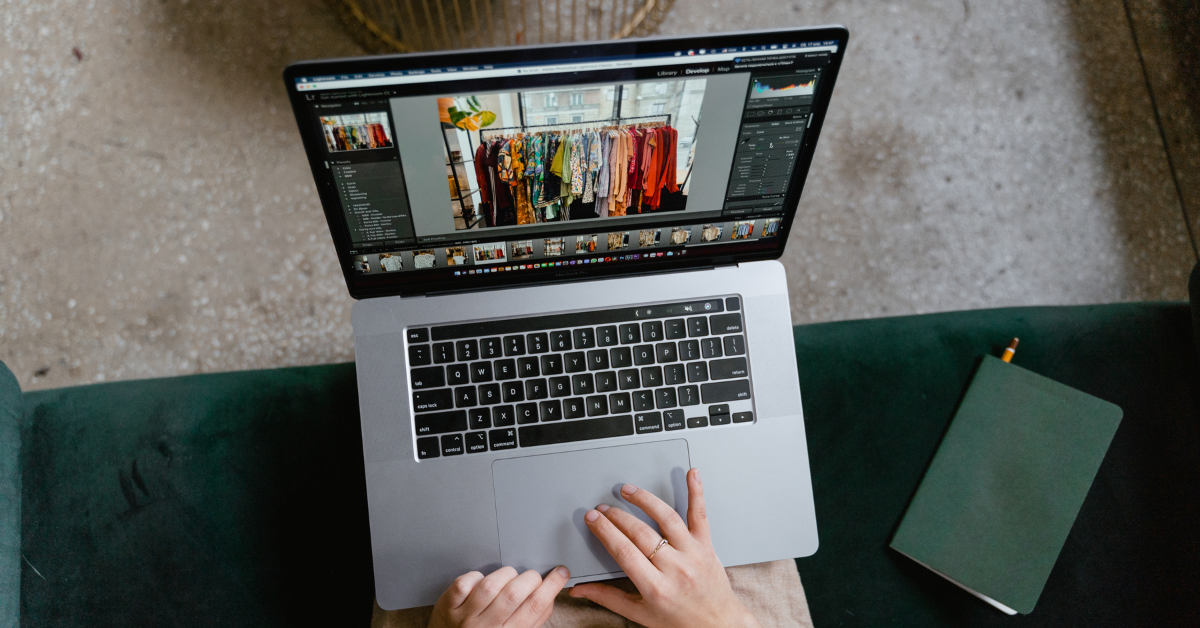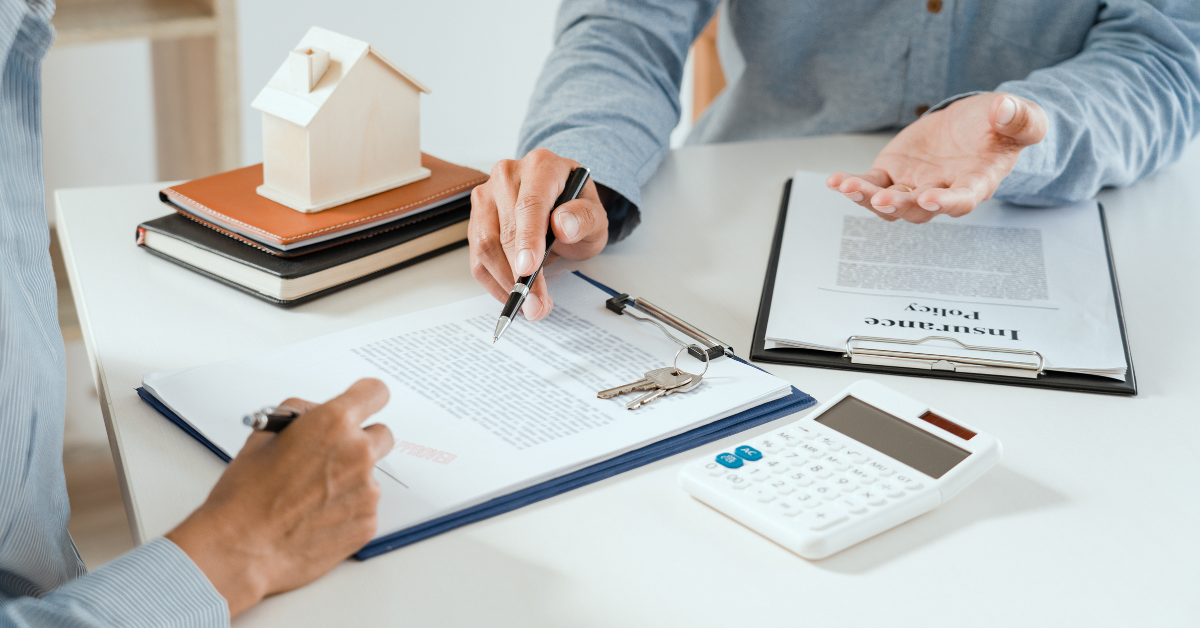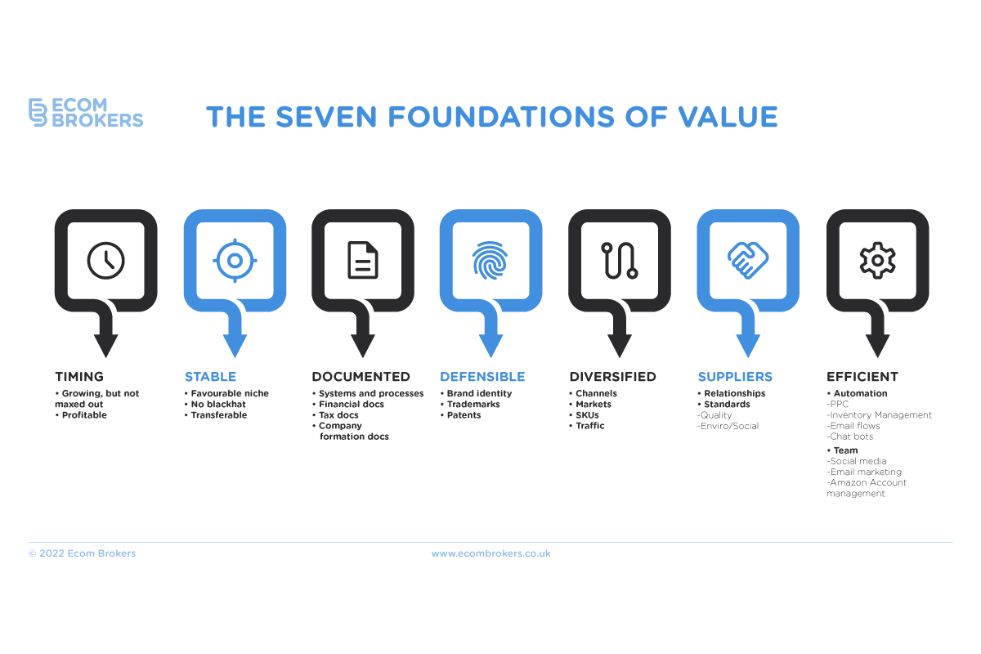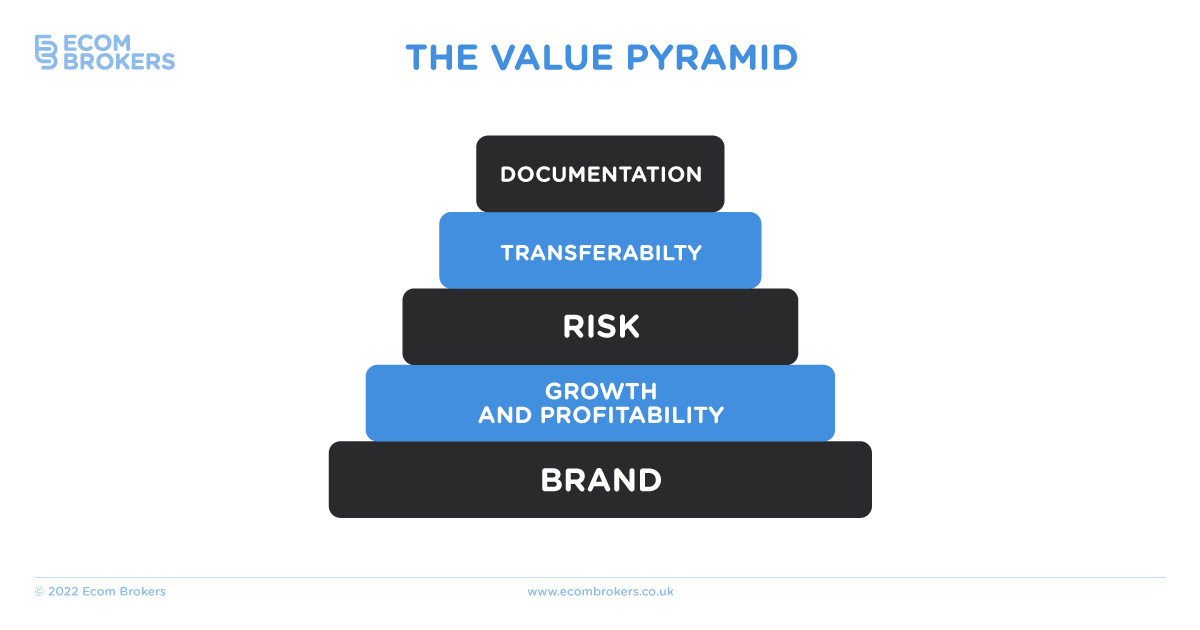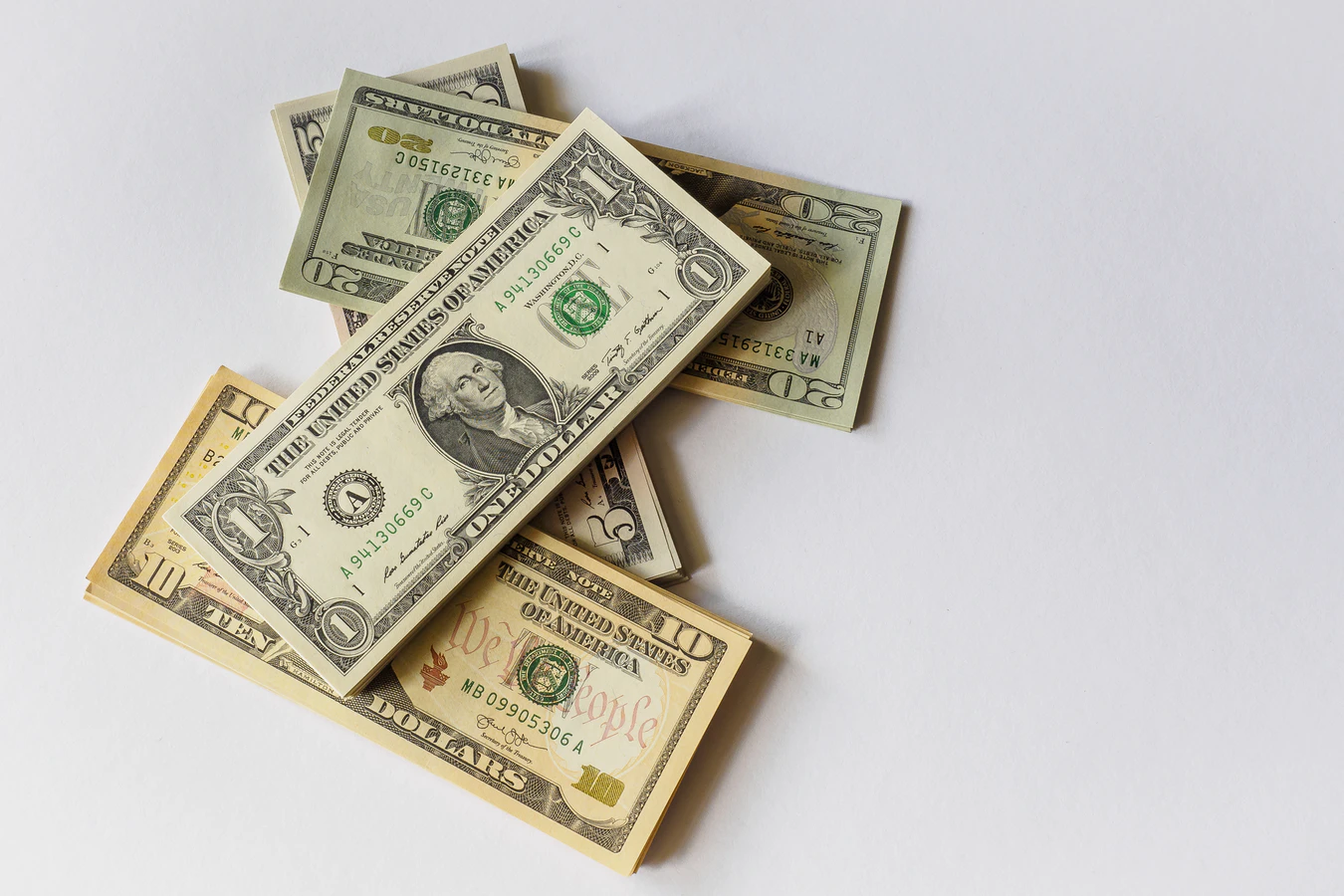
What Is a Good Profit Margin For An Amazon FBA Business?
We all know that in order to sell your business for a healthy figure, it’s really important that it first has a good profit margin.
But just what is a healthy profit margin?
I’ll level with you straight off the bat: The answer to this question is “it depends.”
See, how a good profit margin is a huge indicator as to how well your business is going, it’s still important that you don’t obsess over it. When you obsess over the profit margin, you forgot about the other important stuff.
In this short article, I want to quickly go over the “other important stuff” before revealing what is a good profit margin for an Amazon FBA business.
Is Your FBA Business Sustainable?
If you’re selling a product that isn’t unique, and which can easily be sold by a competitor, your store is hardly sustainable.
See, even if your profit margin was as high as 70%, it doesn’t really matter if a rival can just come along and steal your market share while involving you in a price war.
Even if you manage to start selling a hot new product before everyone else, they will eventually catch up.
What’s Your Value Proposition?
When it comes to target margin, you can be happy with it being a tad lower if you’re selling a unique product that you’ve developed yourself. This is because you don’t need to worry that someone else is going to come along and take it away from you.
On the other hand, if you’re selling a commoditized product, you’ll need to have a much higher target profit margin just in case someone does come along and starts selling it alongside you.
Are Your Products Scalable?
Lastly, it’s crucial that you consider how scalable your products are. If you’re selling a one-hit-wonder, you’ll need to have extremely high-profit margins. This is due to the fact that your products (and store) are high risk.
If, on the other hand, they’re in a scalable category, it means you can take your time and build your whole FBA business around them. Subsequently, this also means you don’t need to obsess over your profit margins.
So, What’s a Good Profit Margin For An FBA Business?
We can conclude that there’s no such thing as a universally good profit margin for an FBA business. This is because it really does depend on where your business is at, and the types of products you’re selling.
If you’re selling products that tick the right boxes, you should be looking at a 10% profit margin. That would be acceptable and even good. But if you’re selling something that may be gone tomorrow, even a 75% profit margin won’t help. Only sustainability can save you.
All in all, then, I recommend that you try to hit the 25-35% gross margin ballpark. You’ll still have money for marketing and advertising, and you’ll be able to resist price wars.
Got any questions? Feel free to let me know in the comments below.
Ready to sell your business for the best possible price? Click below to get started. No obligation, no hard sell. Just solid, professional advice.
